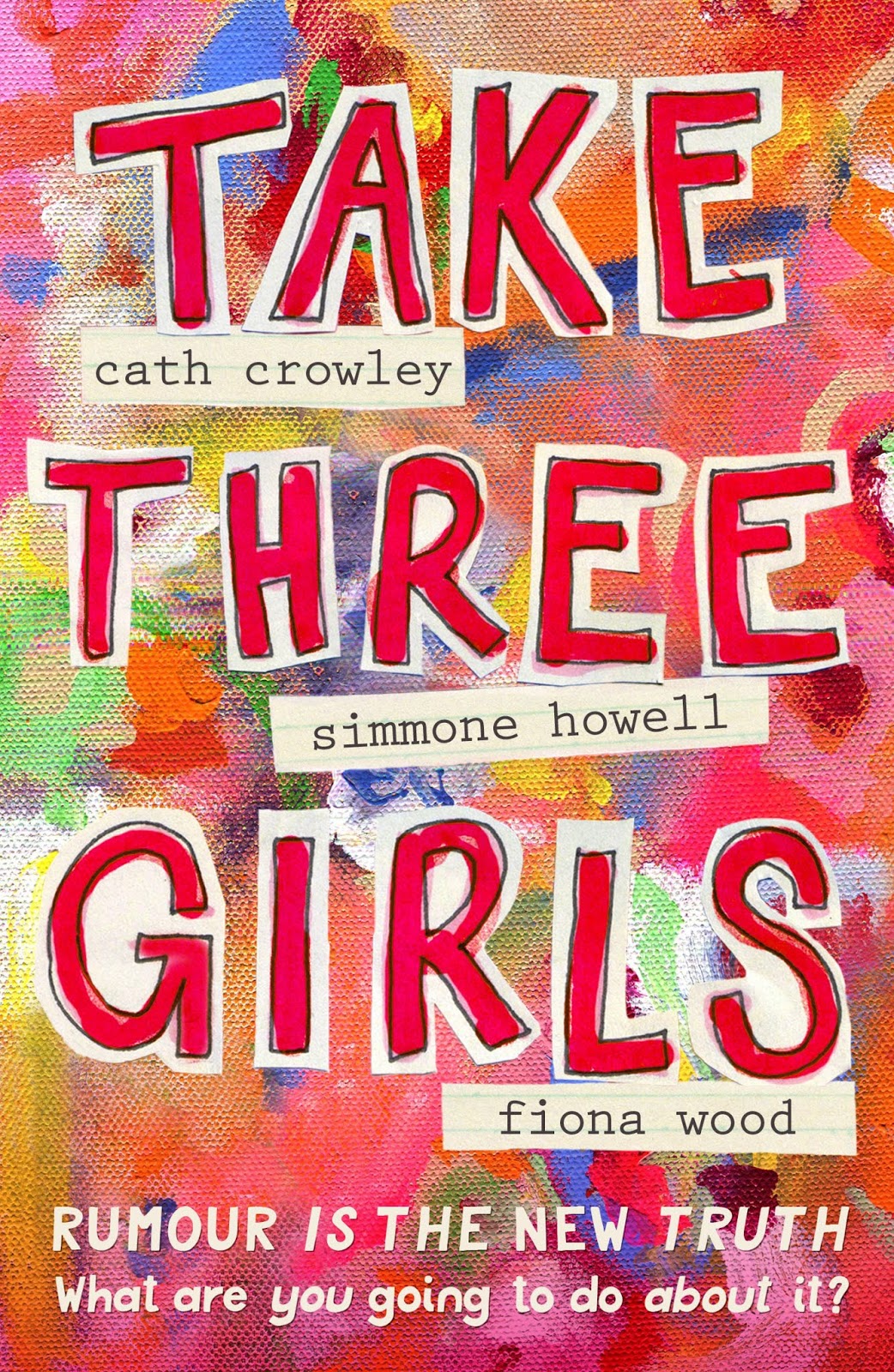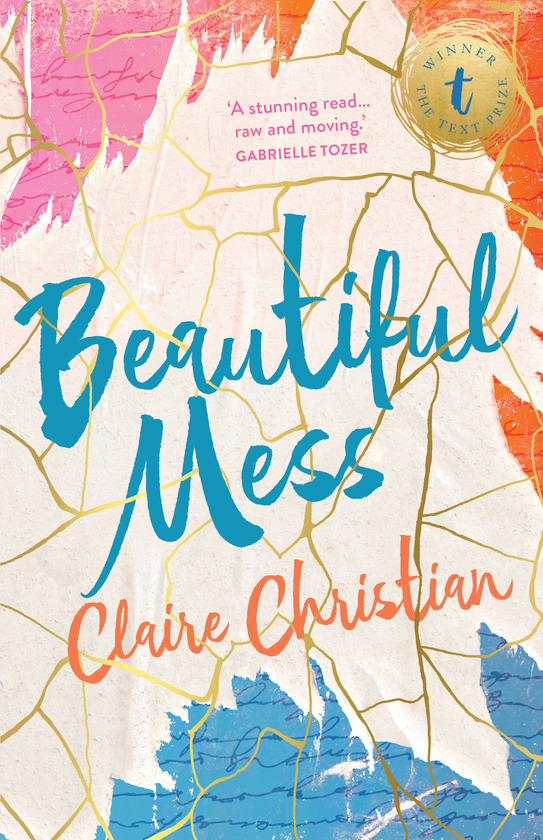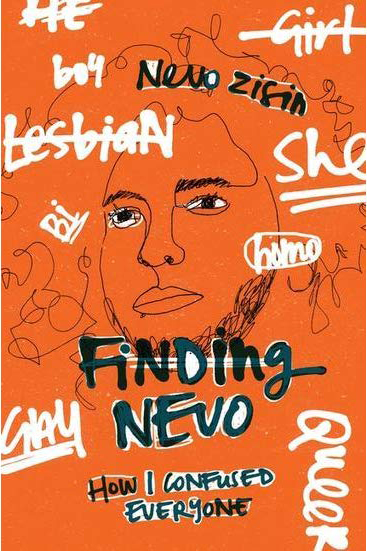Issue 107
Term 4 2018
Stories that matter
Young adult novels have seen a shift in the last five years, exploring issues once considered taboo but that affect teenagers worldwide. Helen Stower and Krystal Gagen-Spriggs review four contemporary realistic fiction titles that help young readers make sense of their world.
Contemporary realistic fiction is a trend in the current young adult (YA) book scene. Some of these books provide insight into issues such as gender and sexual identity, mental health, grief, drugs, suicide and violence. These issues present new horizons for those involved in the care and education of young people. The insight provided by these stories is valuable for students questioning their own identity, health, and relationships. Furthermore, both young people and adults who know people struggling with these issues will find such books can assist them to understand the issues facing many teenagers. These stories have the power to provide a guide and build empathy.
The big issues for young adults have changed in the last five years. Previously, coming-of-age novels dealt with becoming independent of parents and adults, the confusion of adolescence, rebellion, sex, pregnancy, eating disorders, and alcohol and drug issues. Recently published coming-of-age stories encompass sexuality, first sexual encounter, consent, digital issues including access to pornography, gender identity, mental health issues, suicide, and self-harm. The taboo subjects of the past are very prevalent in modern stories and young people want to read about these experiences because it is either their own reality or that of peers and they want to understand such experiences. While some call this ‘grim fiction’, YA stories have also been known for presenting a light at the end of the story, which offers hope for young people and suggests that resilience is possible in the face of big issues. This article will review Australian and international titles released in recent years that examine such issues and make recommendations about how they might be utilised in secondary school collections.

Take Three Girls
Crowley, C., Howell, S., & Wood, F. (2017), Take Three Girls, Sydney, Pan Macmillan Australia
Overview
Take Three Girls is the story of three girls from three different social circles at an all-girls boarding school. Ady, Clem, and Kate are thrust together by their wellness class teacher, Dr Malik, and develop an unlikely friendship. The girls end up relying upon each other to sort through some personal issues, as well as working together to bring down a local, and dangerous, website called PSST.
Themes
This novel deals with a range of themes that are relevant to all teenagers. A particularly strong theme and message from the story is that the standard you walk past is the standard you accept. The girls explore this through their reactions to the cyberbullying occurring on PSST. Additional themes include identity, family, first love, pressure and expectations, and friendship.
Strengths
Set in Australia, this novel is a breath of fresh air in YA fiction that deals with the dramas of high school in a modern world. Australian teenagers will appreciate the setting, pressures, and language. Due to the fact that the novel is written from three different perspectives, important events are explored from the three different points of view. The combination of multiple perspective narratives, wellness program materials and diary entries breaks down barriers between reader, characters and setting, making the story and characters very real. Rebecca Sparrow, an author and prominent figure in promoting healthy teenage relationships, recommends this book as one that all teenage girls should read. However, it should be noted that — due to the nature of the cyberbullying and the language used — parents, carers, and educators should be aware that the content is quite mature at times.
Turtles All the Way Down
Green, J. (2017), Turtles All the Way Down, Penguin Books, London
Overview
When a local billionaire, Russell Pickett, goes missing amid rumours of fraud and bribery, a $100,000 reward is offered. The main character, Aza Holmes, and her best friend Daisy decide they are going to find Russell, solve the mystery, and pocket the reward. Their investigations quickly lead them to Pickett’s mansion, where Aza meets his son, Davis. Aza and Davis strike up a friendship that develops into a love interest. Aza and Davis are, however, complicated characters and their relationship is never going to be straightforward.
Themes
Turtles All the Way Down is disguised as a mystery novel but is essentially an exploration of what it can be like living with Obsessive Compulsive Disorder. Aza suffers from the torment of thought spirals that on a bad day will dominate her every waking moment. The obsessive thoughts impact both her life and her relationships. The novel dispels generalisations and romanticised notions of OCD and the reader is left with no uncertainty about the pain Aza experiences.
Strengths
A strength of this novel is John Green’s ability to portray the life of a teenager, complete with ambitions, troubles, insecurities, and humour. Also, when it comes to the key issue in the book, OCD, John Green knows what he is talking about. In a vlog entry in July 2017, he described his life with the illness and how it provided inspiration for the novel.

Beautiful Mess
Christian, C. (2017), Beautiful Mess, Text Publishing, Melbourne
Overview
Beautiful Mess is the story of how Ava and Gideon meet and help each other through their personal struggles. Ava has recently lost her best friend to suicide and is travelling down a dark and destructive path. Gideon has been dealing with depression, anxiety, and living inside his head for a long time. When Gideon takes on a job at the late-night kebab store where Ava works, they strike up an unlikely friendship and together they battle their demons.
Themes
This novel primarily deals with the following themes: mental health, teenage sexuality, LGBTQI issues, suicide, and friendship. The concept of Kintsugi, employed by Japanese artists, is prominent in the novel. Kintsugi is the practice of mending broken things with lacquer and gold dust, and signifies that there is beauty in mended things. Christian is clearly telling readers that ‘broken’ can still be beautiful.
Strengths
Beautiful Mess is set in Australia and told from both Ava's and Gideon’s perspectives. Both characters have a depth that allows readers to empathise with them and understand their struggles. The way in which Christian deals with the mental health issues that arise in this novel shows a mastery and understanding that some authors struggle to achieve. The emphasis on getting help is a particularly powerful and positive message. Perhaps the greatest strength for Beautiful Mess is the fact that the author does not shy away from the more difficult and challenging aspects of grief and depression. This book has been described by many fans as beautiful, and the characters are definitely in a mess. It is highly recommended to teenagers looking for a story that deals positively with mental health — however, younger readers should be aware of the mature content.
Finding Nevo: How I Confused Everyone

Zisin, N. (2017), Finding Nevo: How I Confused Everyone, Walker Books Australia, Newtown
Overview
This book is a non-fiction memoir. It tells the story of Nevo, who has questioned their gender since the age of four. Nevo first came out as a lesbian at age 15, then as transgender as a 19-year-old. Nevo has undertaken breast removal and testosterone therapy. Nevo now identifies as non-binary and enjoys being queer. Describing themself in an interview for the Sydney Morning Herald (Morris, 2017), Nevo says: ‘I’m a person, I’m an activist, I’m a speaker and it’s not just about the sensational story of “look at the transgender”, as if I’m in a zoo cage. I’m actually a person, a flawed person, and I find other people’s gender just as fascinating as mine.’
Themes
The subtitle of this book is a clue to the themes explored in the memoir. Nevo’s message is that transgender is confusing but, essentially, we are people first, and our gender and sexuality come second. Understanding others is another important message that comes through the book, and Nevo’s relentless attempts to explain and articulate the landscape of the transgender person provides the reader with wonderful insight and moves us toward a place of understanding. Nevo also presents being queer as beautiful and desirable.
Strengths
The first-person narrative makes this story accessible for readers who want to understand gender issues and what the personal experience is for young people experiencing gender confusion. Nevo is very articulate throughout the telling of their story and this clarifies both societal attitudes and the personal experience of being transgender. The glossary, resources, and suggested reading also provide wonderful tools for those wishing to better understand gender fluidity.
Conclusion
The power of YA fiction is that young readers are able to explore themes such as those mentioned in this article, and many more, in a safe environment. The number of stories that matter is growing, and these stories are becoming more and more accessible to readers of all ages. Although it is vital for all readers to be able to access these stories, it is important to note that some are more appropriate for older readers. While there is a need to protect middle years readers from mature content, it is also our job to allow them this safe space to explore. There is the belief among many library staff that a reader will get out of a book only that which they are ready for. However, it is heartening to see that there is an increasing number of stories that matter being written for middle years readers. The list of stories reviewed and recommended in this article is certainly not exhaustive; however, it is our hope that we have provided a range of stories that matter and shown how they might be utilised in your collections.

